Shel lab SCO5W User manual

WATER-JACKETED CO2INCUBATOR
110 – 120 Volts
Installation - Operation Manual
SCO5W

2| Page

3 | Page
SCO5W WATER-JACKETED CO2INCUBATORS
110 – 120 Voltage
Part Number (Manual): 4861732
Revision: January 2, 2018
SHEL LAB is a brand of Sheldon Manufacturing, INC.
Safety Certifications
These units are TÜV listed as water jacket incubators for professional, industrial, or educational use
where the preparation or testing of materials is done at an ambient air pressure range of 22.14 – 31.3
inHg (75 – 106 kPa), with no flammable, volatile, or combustible materials being heated.
These units have been tested to the following requirements:
CAN/CSA C22.2 No. 61010-1:2012
CAN/CSA C22.2 No. 61010-2-010:2004 Reaffirmed: 2014-07
UL 61010-1:2012-05
UL 61010A-2-010:2002-03
EN 61010-1:2010
EN 61010-2-010:2014
Supplemented by: UL 61010-2-010:2015

4| Page
TABLE OF CONTENTS
INTRODUCTION .........................................................................................................................................................7
Read this Manual.................................................................................................................................................................... 7
Safety Considerations and Requirements ...................................................................................................................... 7
Contacting Assistance ..........................................................................................................................................................8
Engineering Improvements..................................................................................................................................................8
CO2Gas Supply ......................................................................................................................................................................9
Reference Sensor Devices ................................................................................................................................................ 10
RECEIVING YOUR UNIT ...........................................................................................................................................11
Inspect the Shipment............................................................................................................................................................ 11
Orientation Image ................................................................................................................................................................ 12
Recording Data Plate Information................................................................................................................................... 13
INSTALLATION .........................................................................................................................................................15
Installation Checklist ........................................................................................................................................................... 15
Required Ambient Conditions........................................................................................................................................... 16
Required Clearances........................................................................................................................................................... 16
Environmental Disruption Sources .................................................................................................................................. 16
Power Source Requirements .............................................................................................................................................17
Lifting and Handling ............................................................................................................................................................ 18
Leveling................................................................................................................................................................................... 18
Install the Incubator ............................................................................................................................................................. 19
Deionized and Distilled Water.......................................................................................................................................... 19
Installation - Clean and Disinfect..................................................................................................................................... 19
Install Chamber HEPA Filter and Ceiling Air Duct ..................................................................................................... 20
Shelving Installation............................................................................................................................................................. 21
Access Port Stopper ........................................................................................................................................................... 23
Fill the Water Jacket........................................................................................................................................................... 23
GRAPHIC SYMBOLS ............................................................................................................................................... 25
CONTROL PANEL OVERVIEW .............................................................................................................................. 27
OPERATION.............................................................................................................................................................. 29
Theory of Operation ........................................................................................................................................................... 29
Put the Incubator into Operation ..................................................................................................................................... 31
Humidify the Incubator ...................................................................................................................................................... 33
Muting the Audible Temperature Alarm....................................................................................................................... 35
Automatic Door Cutoff ....................................................................................................................................................... 35
Start a Flow of CO2............................................................................................................................................................. 36
Muting the Audible CO2Alarm ........................................................................................................................................ 38
No Gas Supply Alarm......................................................................................................................................................... 38
Set the Over Temperature Limit...................................................................................................................................... 39
Load the Incubator.............................................................................................................................................................. 40
Accessory Compatibility.................................................................................................................................................... 40
Data Output Capabilities ................................................................................................................................................... 41
Condensation and the Dew Point .................................................................................................................................. 42
USER MAINTENANCE............................................................................................................................................. 43
Cleaning and Disinfecting................................................................................................................................................. 43
Minimizing Contamination Exposure ............................................................................................................................. 44
Gas Lines and HEPA Filters.............................................................................................................................................. 45
Storage of the Incubator ................................................................................................................................................... 45
Maintaining Atmospheric Integrity ................................................................................................................................. 45
Electrical Components....................................................................................................................................................... 45
Replace the Chamber HEPA Filter ................................................................................................................................. 46
Calibrate the Temperature display.................................................................................................................................47
Calibrate the CO2 Display .................................................................................................................................................. 51
Anode and Water Quality ................................................................................................................................................. 55

5 | Page
UNIT SPECIFICATIONS .......................................................................................................................................... 57
Weight......................................................................................................................................................................................57
Dimensions.............................................................................................................................................................................57
Capacity ................................................................................................................................................................................. 58
CO2.......................................................................................................................................................................................... 58
Temperature ......................................................................................................................................................................... 58
Power...................................................................................................................................................................................... 58
PARTS LIST............................................................................................................................................................... 59
Ordering Parts and Consumables.................................................................................................................................. 60
Accessories........................................................................................................................................................................... 60
Table of contents
Other Shel lab Accessories manuals
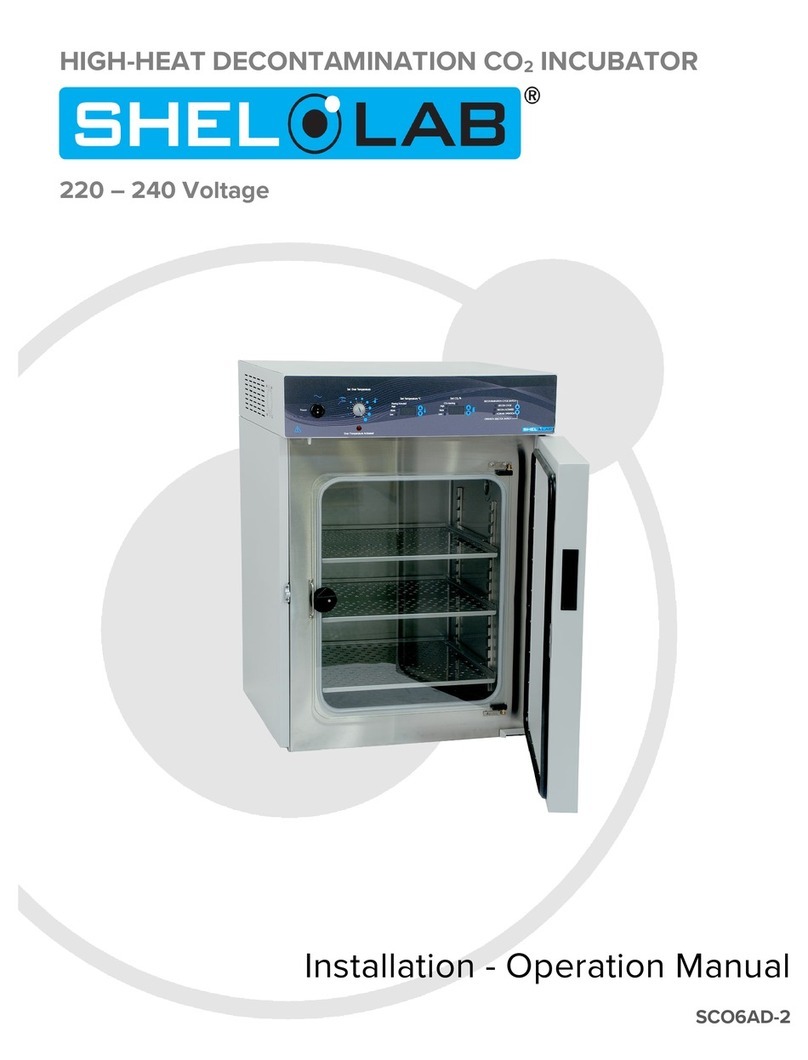
Shel lab
Shel lab SCO6AD-2 User manual
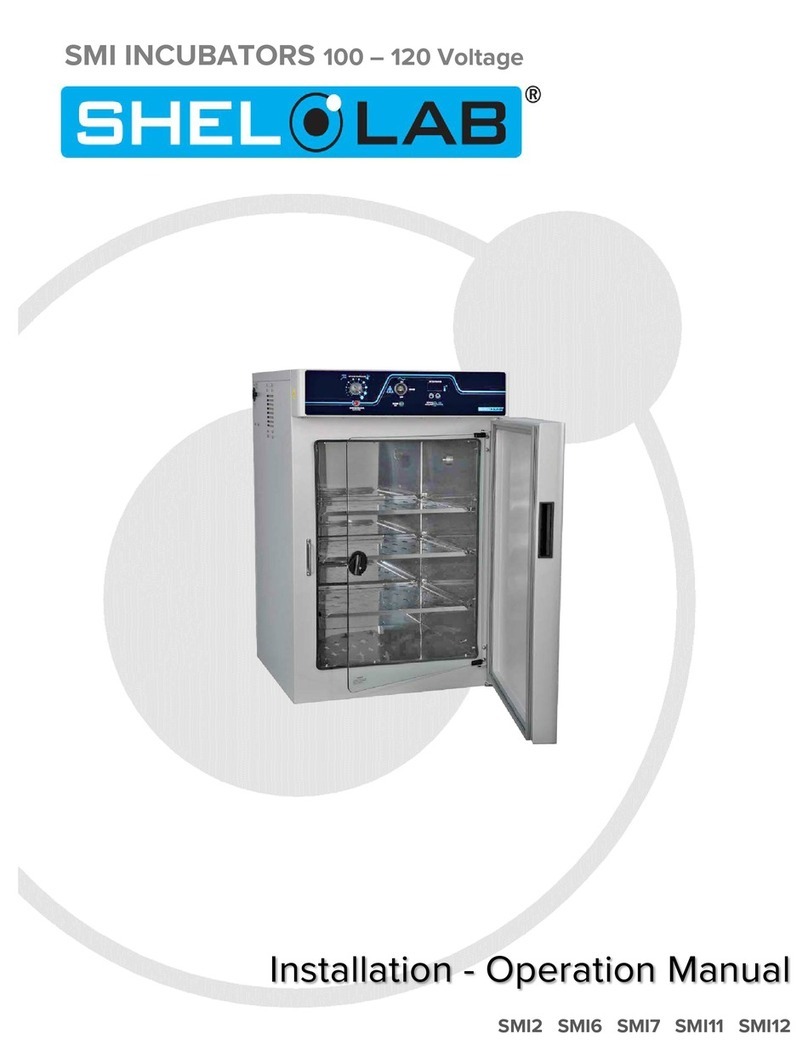
Shel lab
Shel lab SMI2 User manual
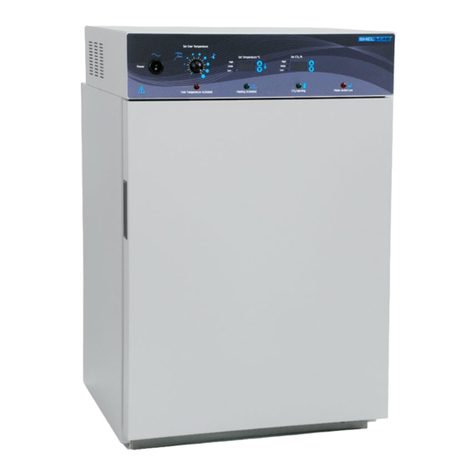
Shel lab
Shel lab SCO6WE-2 User manual
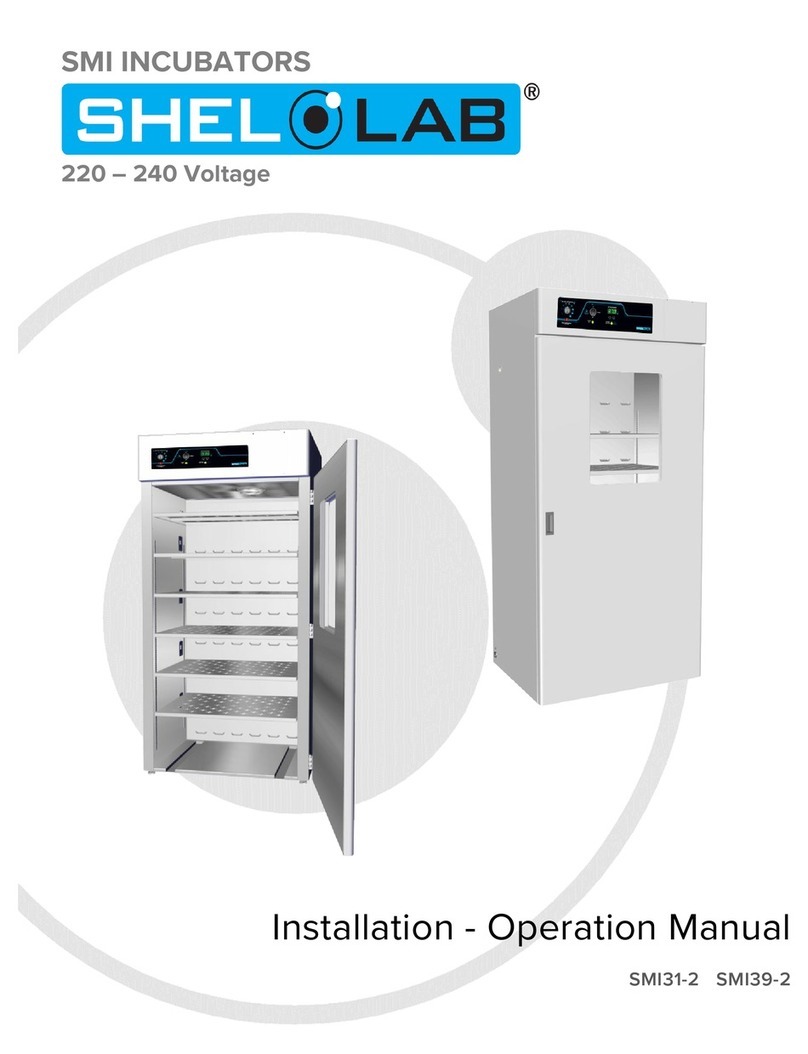
Shel lab
Shel lab SMI31-2 User manual
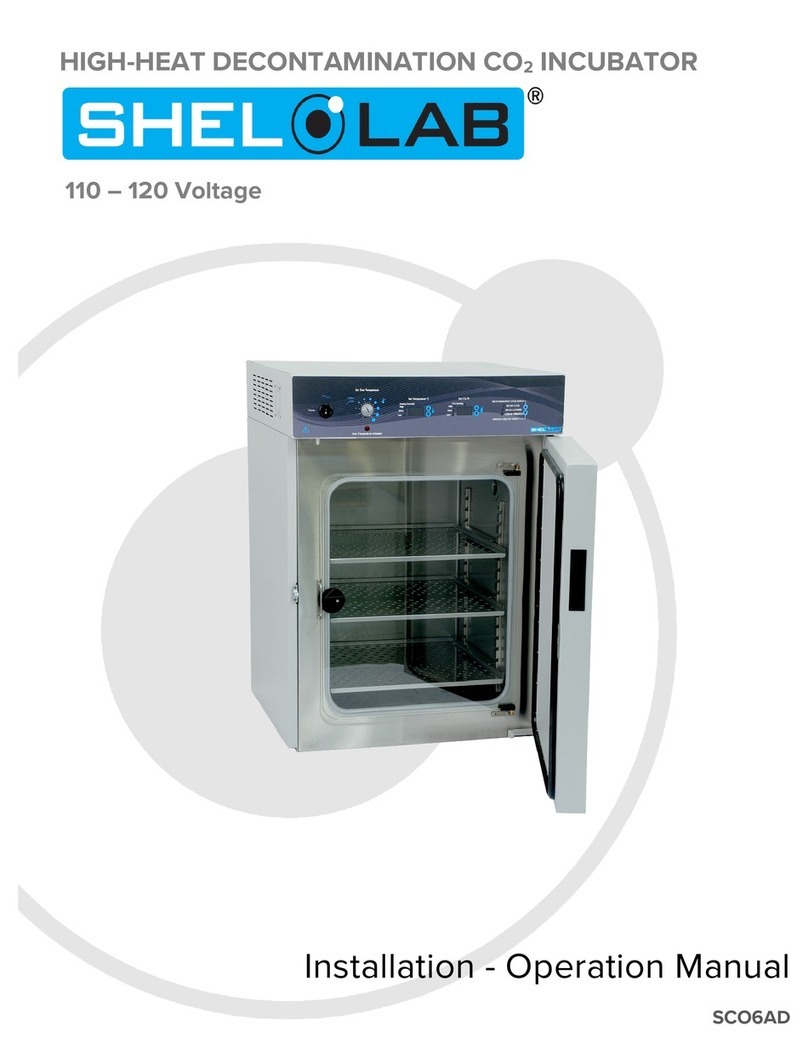
Shel lab
Shel lab SCO6AD User manual
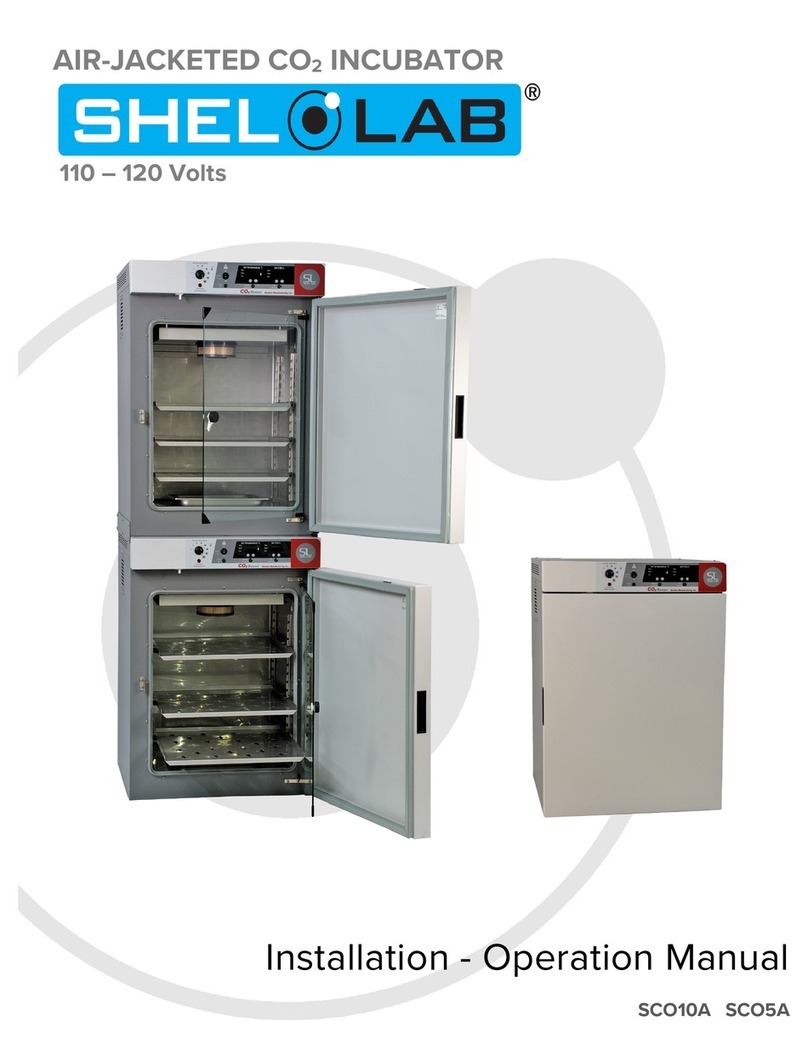
Shel lab
Shel lab SCO5A User manual

Shel lab
Shel lab 5215 User manual
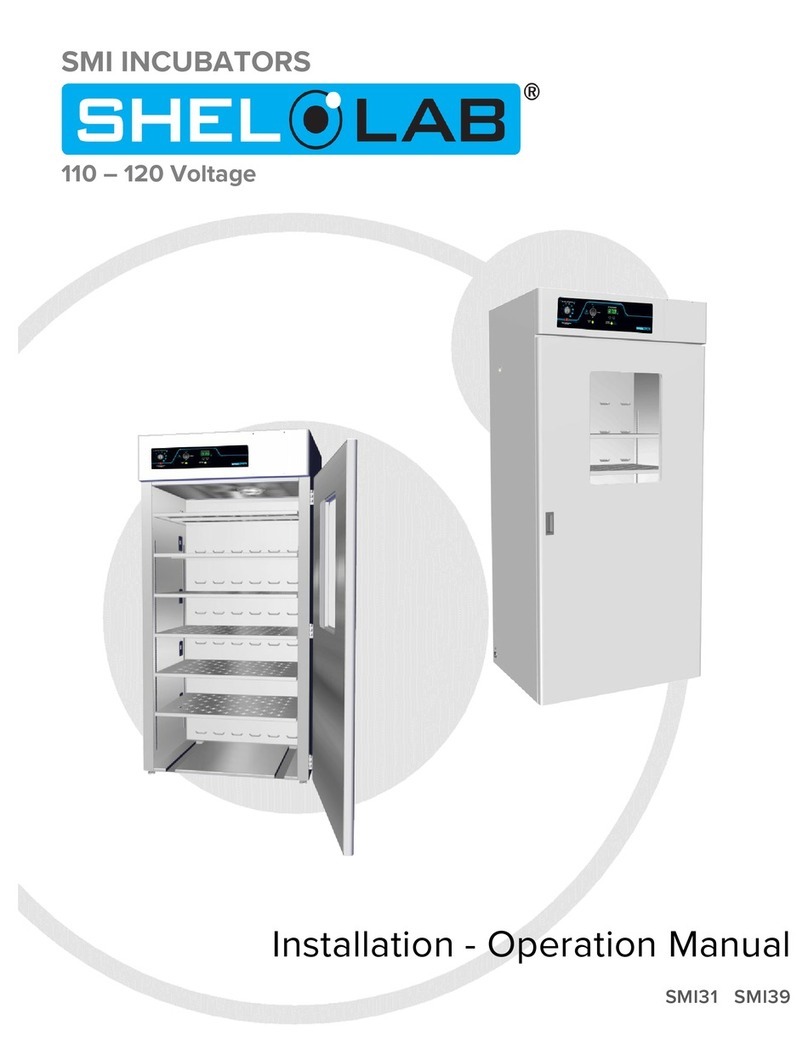
Shel lab
Shel lab SMI Series User manual
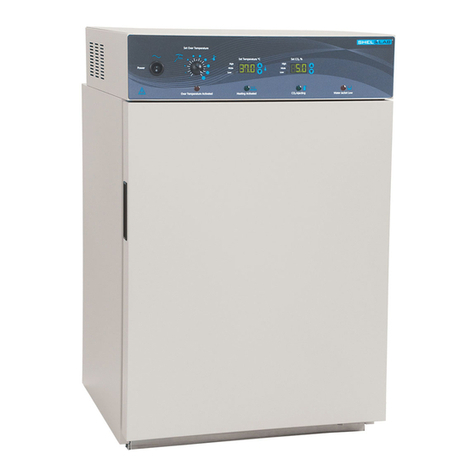
Shel lab
Shel lab SCO6WE User manual

















